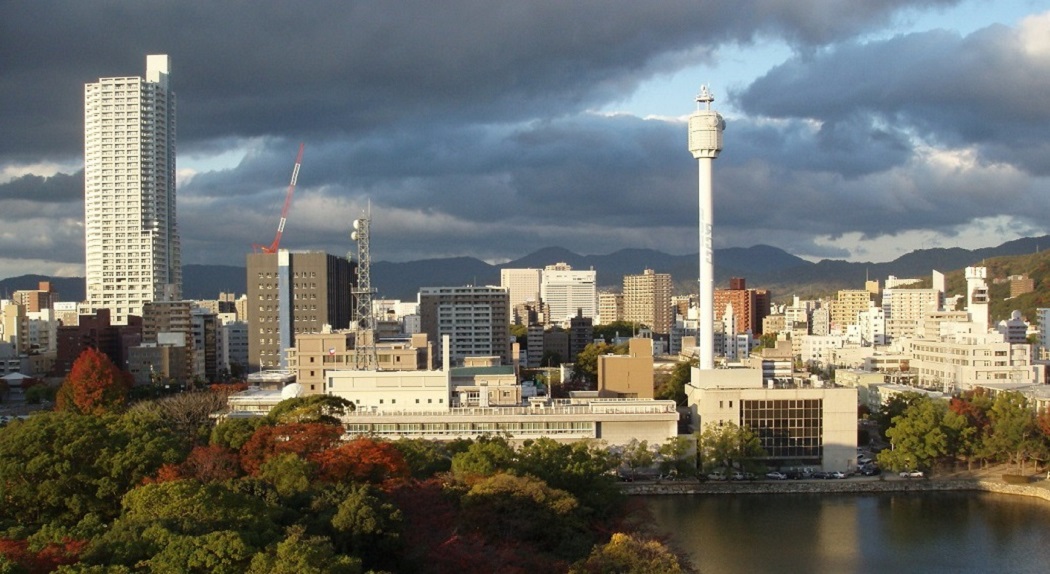Britain has led the way on energy supplier energy efficiency obligations. Billions of pounds have gone from the big 6 energy suppliers to pay for insulation measures that have made over 5 million homes warmer and cheaper to heat. But there’s been spectacular problems too – for example the 315 million energy saving lightbulbs sent out by suppliers to homes in 2009/10, most of them seemingly unused and unwanted.
It’s now been over a decade since the first energy supplier obligation – EESOP – and since then we’ve worked our way through EEC, CERT and CESP. But as we enter the new era of ECO with its estimated £1.3bn annual spend, its clear there’s been a surprising lack of analysis of the rules, structures and delivery of energy efficiency obligations. What makes an obligation challenging but achievable for suppliers? And what wider structures does government need to put in place to maximise the impact of the suppliers’ money?
But big questions therefore remain about supplier obligations – questions that we need to know the answer to in order to plan future policy –
That’s why, in the Autumn, Future Climate was delighted to work with IPPR on an independent report analysing the delivery of the previous supplier obligation – CERT and CESP – and looking to the new era of ECO. IPPR wanted to assess how the government set the ECO rules so that suppliers deliver the most effective energy saving measures into homes at the largest possible scale – and particularly so that the benefits reach the poorest households. Some of our key findings were:
BF to complete
BF to complete
BF to complete

